 It is an enduring fact of American life that church worship remains deeply segregated. It was something that Dr. Martin Luther King Jr. addressed, just days before he was assassinated in 1968. As recently as 2012, a survey found that eight in ten American congregants still worship at a place where a single racial group makes up at least 80 percent of the congregation. But in 2016, a very unusual experiment began in North Carolina. Pastor Jay and Pastor Derrick announced that their two churches, one white, their other black, would be merging. Could their model for The Refuge be one that heals our nation, I asked Pastor Derrick. “It doesn’t mean we have to agree on everything,” he said. “But it means that we have to embrace and accept and walk in love. That’s what a healed America looks like.”
It is an enduring fact of American life that church worship remains deeply segregated. It was something that Dr. Martin Luther King Jr. addressed, just days before he was assassinated in 1968. As recently as 2012, a survey found that eight in ten American congregants still worship at a place where a single racial group makes up at least 80 percent of the congregation. But in 2016, a very unusual experiment began in North Carolina. Pastor Jay and Pastor Derrick announced that their two churches, one white, their other black, would be merging. Could their model for The Refuge be one that heals our nation, I asked Pastor Derrick. “It doesn’t mean we have to agree on everything,” he said. “But it means that we have to embrace and accept and walk in love. That’s what a healed America looks like.”
Month: November 2019
Glamorous Photo Shoot for Girl Who Was Banned from School Picture Day
 School Picture Day gives kids a chance to preserve memories from one of the most important times in their lives. However, when 8-year-old Marian Scott turned up at her school—Paragon Charter Academy in Jackson, Mississippi—to be photographed, she was turned away for having red hair extensions.
School Picture Day gives kids a chance to preserve memories from one of the most important times in their lives. However, when 8-year-old Marian Scott turned up at her school—Paragon Charter Academy in Jackson, Mississippi—to be photographed, she was turned away for having red hair extensions.
The school-based its harsh decision on a student handbook policy, which states that pupils’ hair color must be of “natural tones.” Understandably, the situation knocked Marian’s confidence and left her parents confused and frustrated. “If she’s not a disruption to the class,” says her father, “why is she a disruption to the picture?”
Luckily though, Marian’s luck turned around when photographer Jermaine Horton heard about what happened to her. “When I heard about this story I was furious as a parent because the first thing I thought about was the impact of what this would do to such a beautiful little girl,” he wrote on Facebook. “I reached out to Nicole Joy of WILX News 10 who covered the story, and she got me in contact with the parents.” Horton organized a personal photo shoot for Marian, complete with creative costumes, donated from Rich Girl Candy.
The resulting images are far beyond standard school photos, and Marian of course got to keep her red hair extensions. She’s captured posing proudly, with a big smile on her face, showing that individuality should be celebrated. Horton says, “I’m so blessed to have been apart of this [and] to give her an amazing day that showed her that she truly is beautiful and her hair color was the BOMB!” The experience even inspired Horton to continue helping empower other young kids through creative photo shoots, an initiative he calls the Art of Confidence project. He says, “Marian Scott was just the first, but there are so many!”
Scroll down to see Scott’s stunning photo shoot and see more from Horton’s portfolio on his website.
Photographer Jermaine Horton put on a professional photo shoot for 8-year-old Marian Scott after she was denied school pictures for having red hair extensions.

The situation understandably left Marian feeling singled out, but this creative photo shoot gave her the confidence she deserves.

And of course, she wore her amazing red hair with pride.



First on My Modern Met.
Beauty in Ingenuity: The Art of Science
 The complex, sometimes conflictual, relationship of man and machine is a constant thread in “The Art of Innovation,” at London’s Science Museum. Recalling how the mechanical telling of time itself became contested during the Industrial Revolution, as the historian E.P. Thompson described in a famous 1967 Past & Present article, “Time, Work-Discipline, and Industrial Capitalism,” here is a handsome double-dialled clock from a Macclesfield mill, dating from 1810. In the catalog, the curators tell us that while the lower dial showed the actual time, the upper dial was connected to the silk mill’s waterwheel: if the waterwheel ran slowly, or stopped, “mill time” was slowed or suspended, and the workers would have to make up the lost production time, “ruled by the pace of their machines.” Paradoxically, machines could also make men and women feel free as never before.
The complex, sometimes conflictual, relationship of man and machine is a constant thread in “The Art of Innovation,” at London’s Science Museum. Recalling how the mechanical telling of time itself became contested during the Industrial Revolution, as the historian E.P. Thompson described in a famous 1967 Past & Present article, “Time, Work-Discipline, and Industrial Capitalism,” here is a handsome double-dialled clock from a Macclesfield mill, dating from 1810. In the catalog, the curators tell us that while the lower dial showed the actual time, the upper dial was connected to the silk mill’s waterwheel: if the waterwheel ran slowly, or stopped, “mill time” was slowed or suspended, and the workers would have to make up the lost production time, “ruled by the pace of their machines.” Paradoxically, machines could also make men and women feel free as never before.
Man Hand-Knits Sweaters of Places and Then Wears Them in Front of Their Exact Locations

Gateway Arch in St. Louis, Missouri, U.S.
Artist Sam Barsky has a unique way of commemorating the places to which he’s traveled. Instead of opting for the usual tchotchke like a magnet or a coffee mug, he hand-knits his own sweater in advance, depicting imagery from the specific locale he intends to visit. He then goes to that place and poses in front of it while donning his knitted garment. The sweater doubles as a wearable postcard that is impressive in its intricacies, and this can be seen across Barsky’s textile portfolio. His subject matter ranges from fields to bridges to lighthouses to rock formations, and each is instantly recognizable when worn across his chest.
The Baltimore-based artist has been knitting for two decades and produced over 140 sweaters during that time. To him, traveling and knitting go hand in hand. When he travels, he gets inspiration for his garments, and by trekking to those places, he has a purpose for wearing what he has made. “I just finished one of the Mackinac Bridge in Michigan,” Barsky tells My Modern Met, “and I traveled to get a picture there.”
Baltimore is a place that continually pops up in Barsky’s work. Right now, it’s the focus of his knitting. “I am working on finishing up one of the Baltimore Inner Harbor now for some projects there, and after that, I plan to do more Michigan themed sweaters for when I return in January.”
Scroll down for some of Barsky’s travel knitting and then follow him on Instagram to see where he’s off to next.
Artist Sam Barsky creates hand-knitted sweaters featuring imagery from places around the world, and then he goes to those locales and poses in front of them while wearing his custom garment.

Oriole Park at Camden Yards in Baltimore, Maryland, U.S.

Yad La-Shiryon in Latrun, Israel

Grand Canyon in Arizona, U.S.
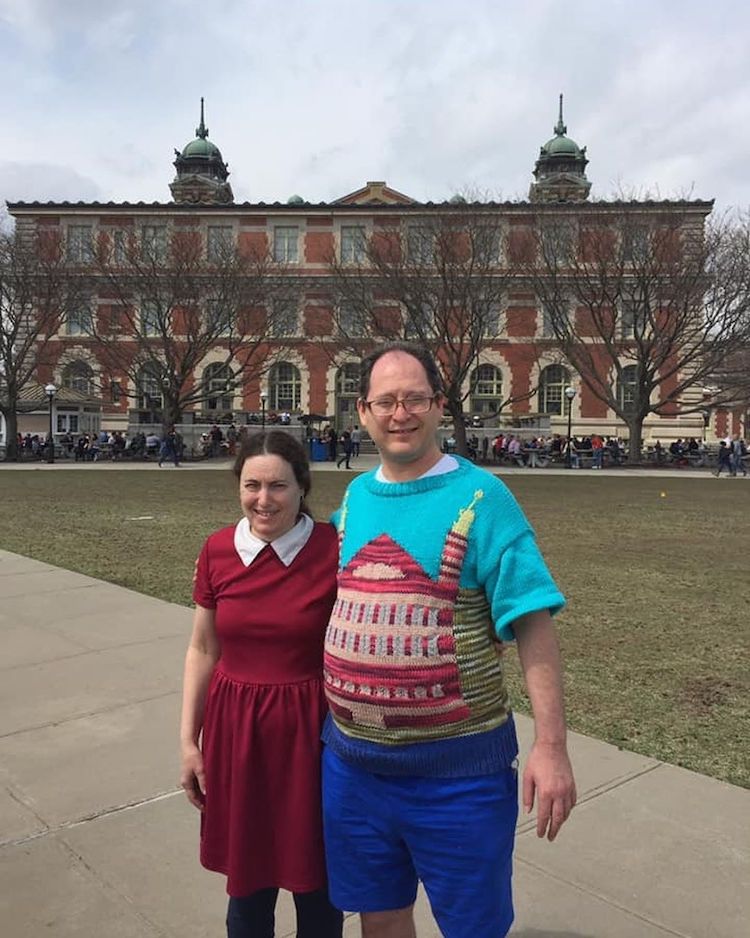
Ellis Island in New York City, New York, U.S.

The Statue of Liberty in New York City, New York, U.S.

Hudson River (tribute to 9/11) in New York City, New York, U.S.

Tower Bridge in London, England

Windsor Castle in Windsor, United Kingdom

Creamery Covered Bridge in West Brattleboro, Vermont, U.S.

Dinosaur Land in White Post, Virginia, U.S.

Red Rock Canyon in Las Vegas, Nevada, U.S.

Sedona, Arizona, U.S.

Montgomery College Globe in Germantown, Maryland, U.S.

Portland Lighthouse in Cape Elizabeth, Maine, U.S.

Baltimore, Maryland, U.S.

Boulder Creek, Colorado, U.S.
Sam Barsky: Instagram | Facebook
My Modern Met granted permission to feature photos by Sam Barsky.
Soar over the Aleutian Range, and take in the incredible…


Soar over the Aleutian Range, and take in the incredible textures of Becharof National Wildlife Refuge in southwestern Alaska. Adjacent to Katmai National Park & Preserve, this wonderland nurtures one of Bristol Bay’s largest sockeye salmon runs, part of the foundation for the local economy. Some six million sockeye salmon run here annually, supporting a wide array of wildlife while contributing to ancient cycles. At a size difficult to comprehend, the refuge protects 1,157,000 acres and includes an active volcano, unusual geological features, historically significant landmarks, and a federally designated Wilderness. Photos by Jeff Jones, U.S. Fish and Wildlife Service.
Photographer Captures the Surprisingly Quiet Side of Tokyo at Night
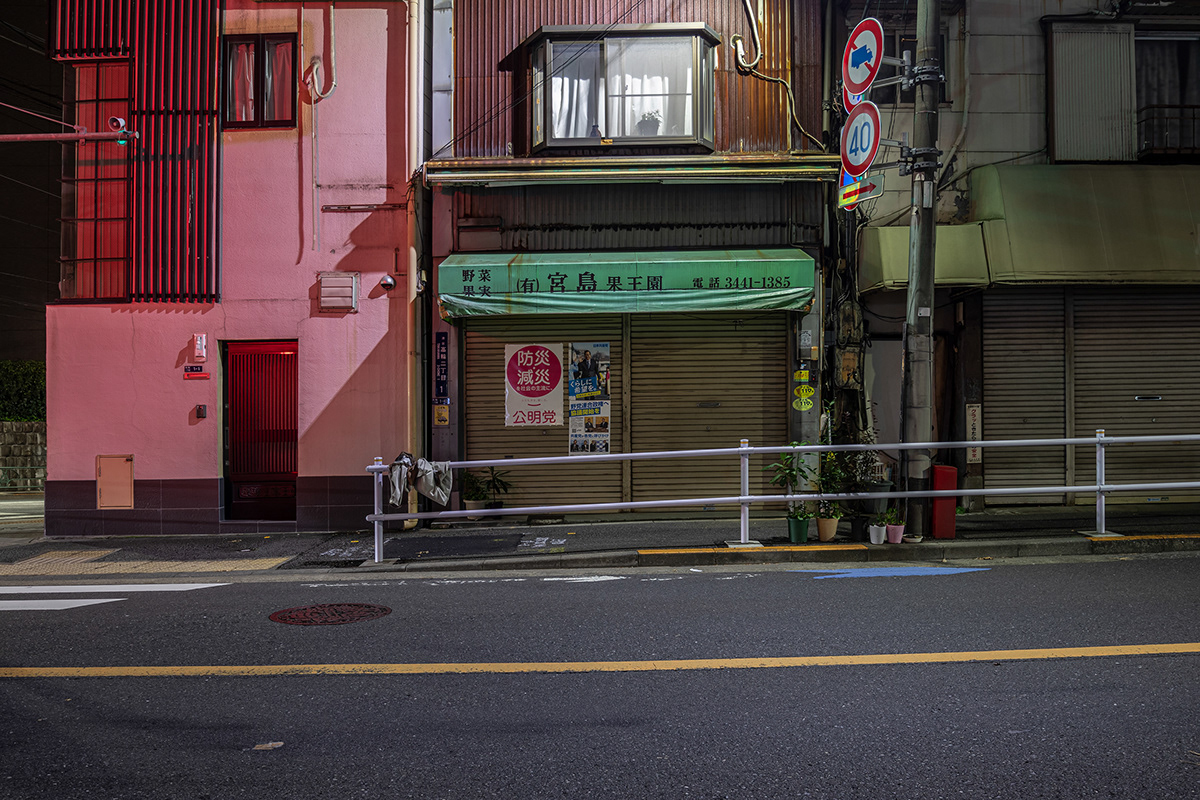

Tokyo is the most populated city in the world, with over 38 million people living there. While most of the mega-metropolis is constantly buzzing with activity, there’s still quiet pockets of the city that, when visited at night, seem just like ghost towns. German photographer Robert Götzfried set out to capture these sleepy districts in his aptly titled series, TOKYO SLEEPS TONIGHT.
Götzfried wanted to photograph Japan’s capital away from busy hotspots, so he explored the quiet residential neighborhoods of Minato City—a coastal area in eastern Tokyo. “It’s that part of the city where actual real life people live and hang out—or not,” says the photographer. “Unlike most stories that I have seen about Tokyo before these parts of the city are simply empty at night time. I guess it makes perfect sense—most of the folks have to go to work the next day, just like everywhere else in the world. I found a city that sleeps.”
The off-grid photo series reveals how incredibly quiet this particular part of Tokyo really is at night. With no sign of human life, quiet street corners, empty convenience stores, and neon street signs become the subjects of the photos. Visually, each scene looks silent, but you can almost imagine hearing the quiet hum of the street vending machines, power lines, and changing traffic lights.
How do you imagine Tokyo at night? Find out just how quiet the city can be by checking out Götzfried’s eerie photo series below.
Photographer Robert Götzfried reveals the quiet of Tokyo at night in his series, TOKYO SLEEPS TONIGHT.
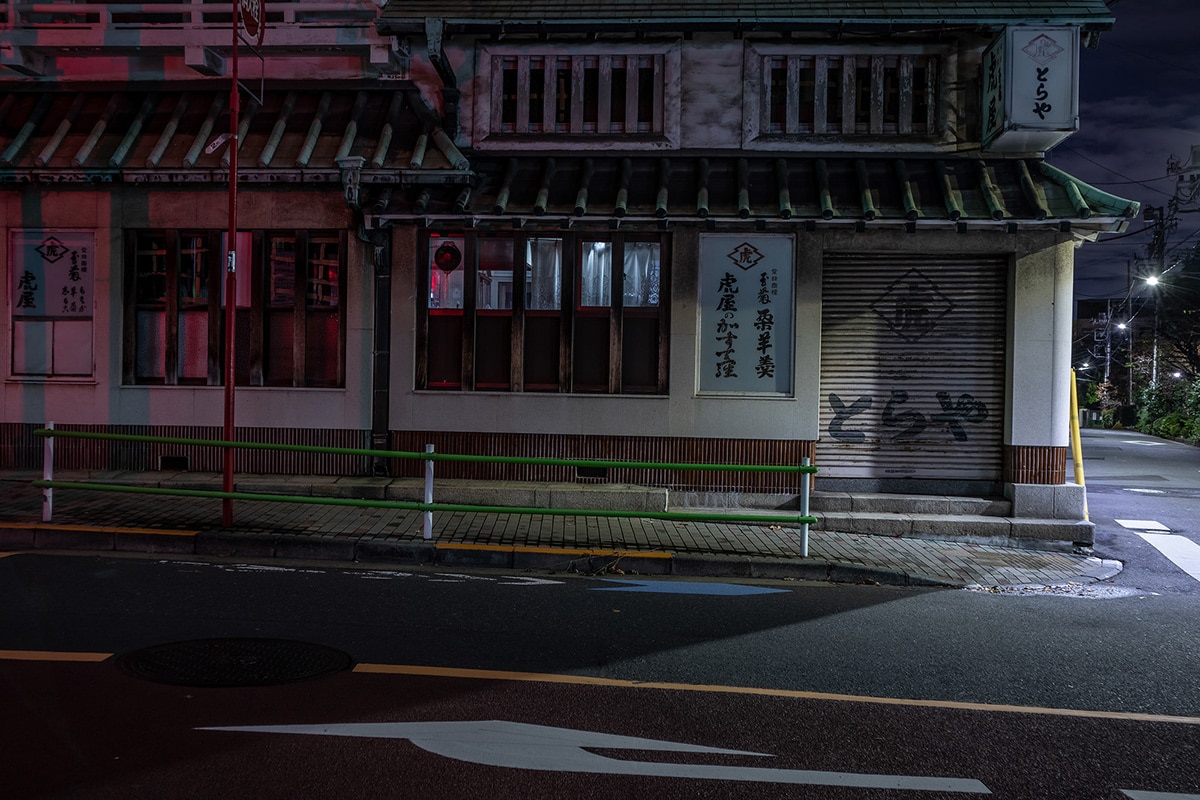
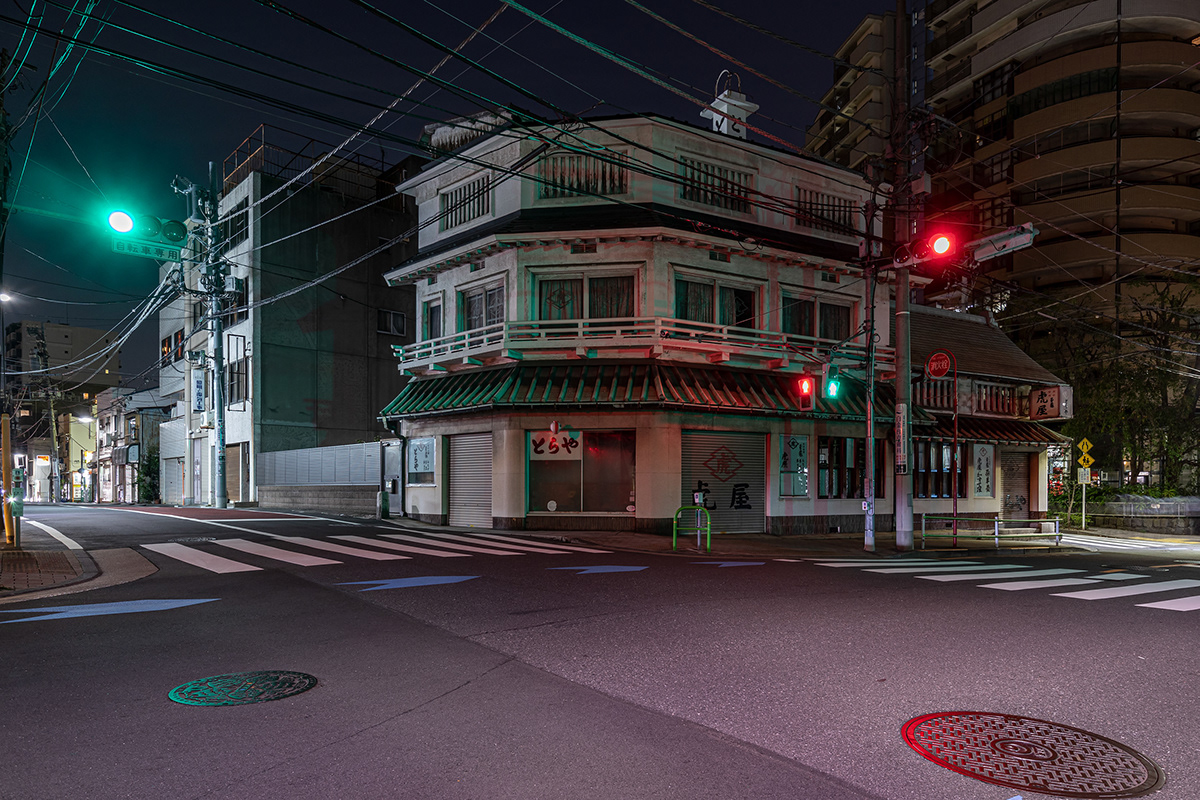
The photos were shot in the residential neighborhoods of Minato City.
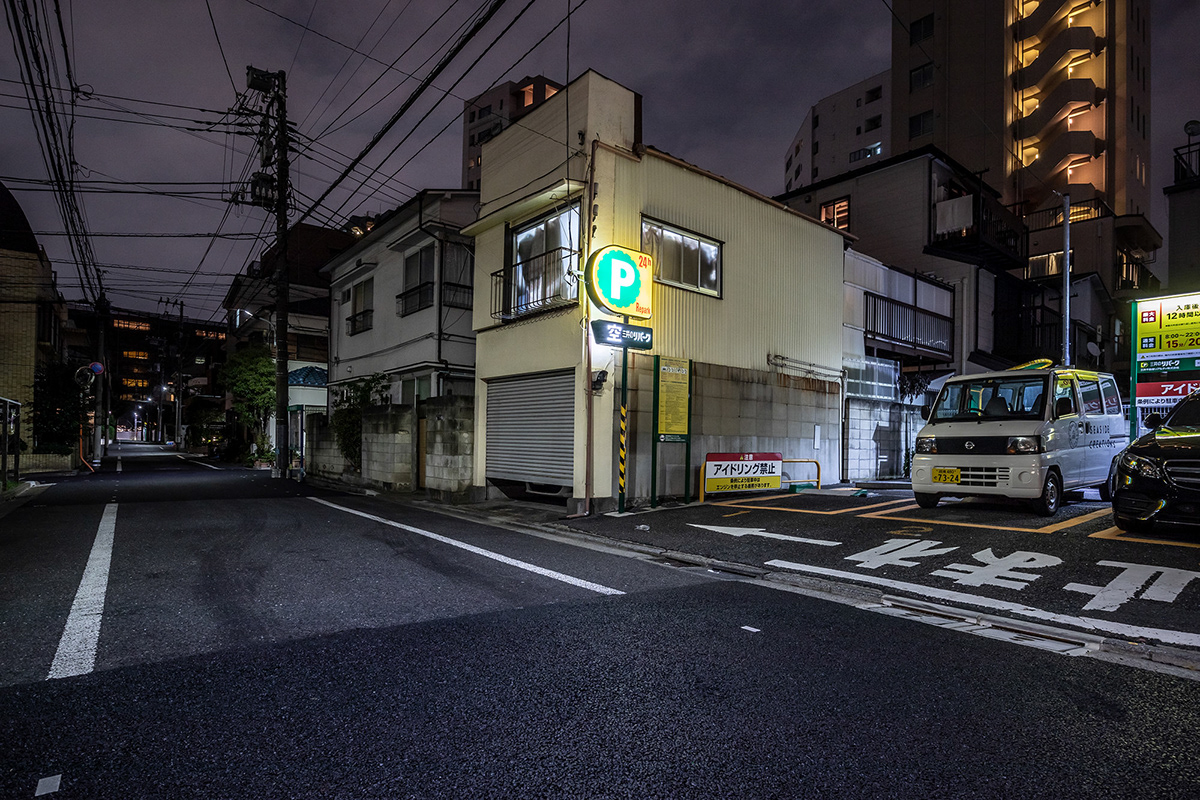

The eerie location looks just like a ghost town.

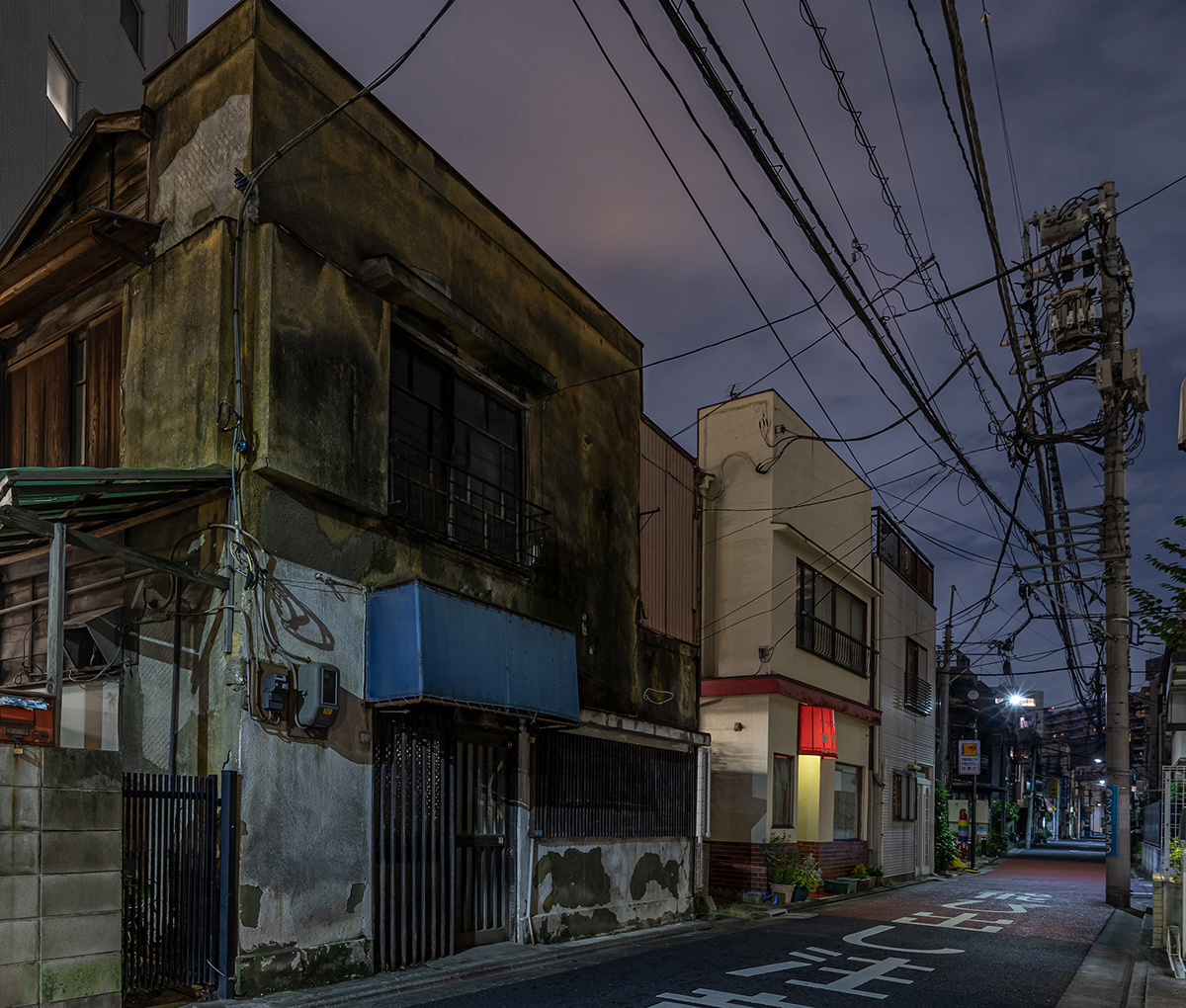
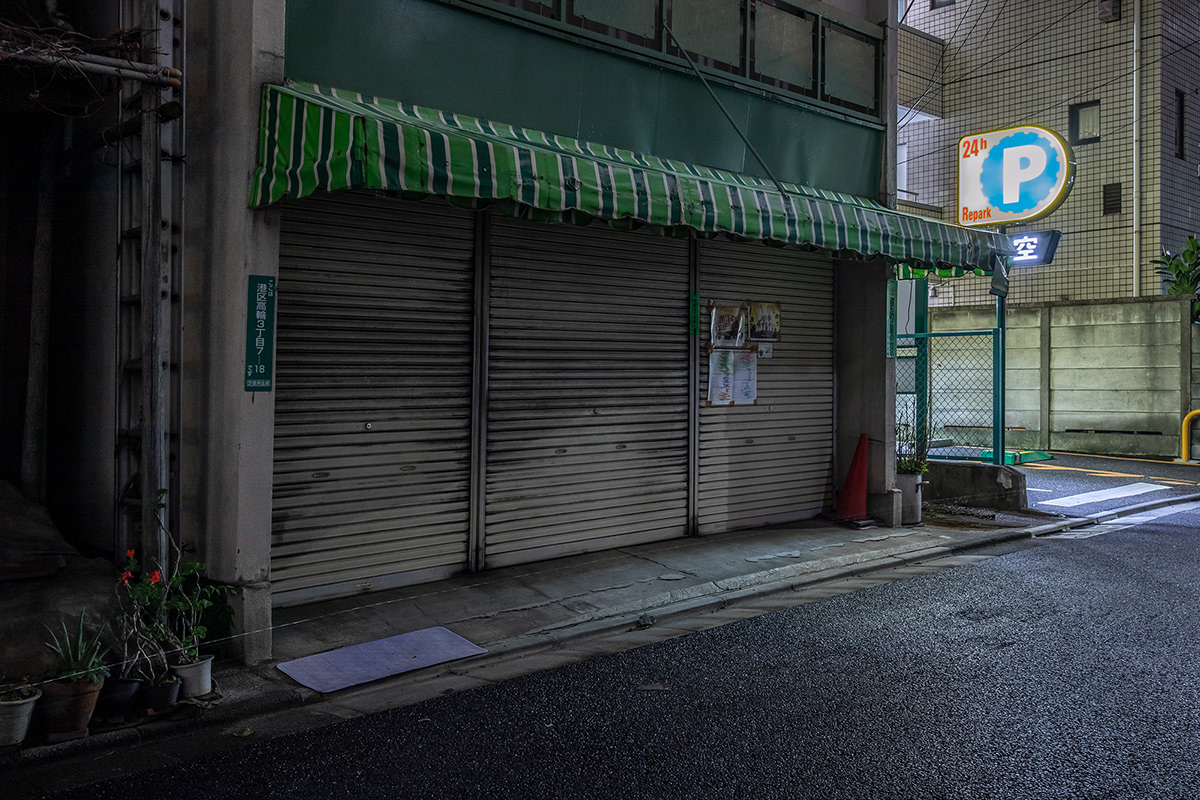

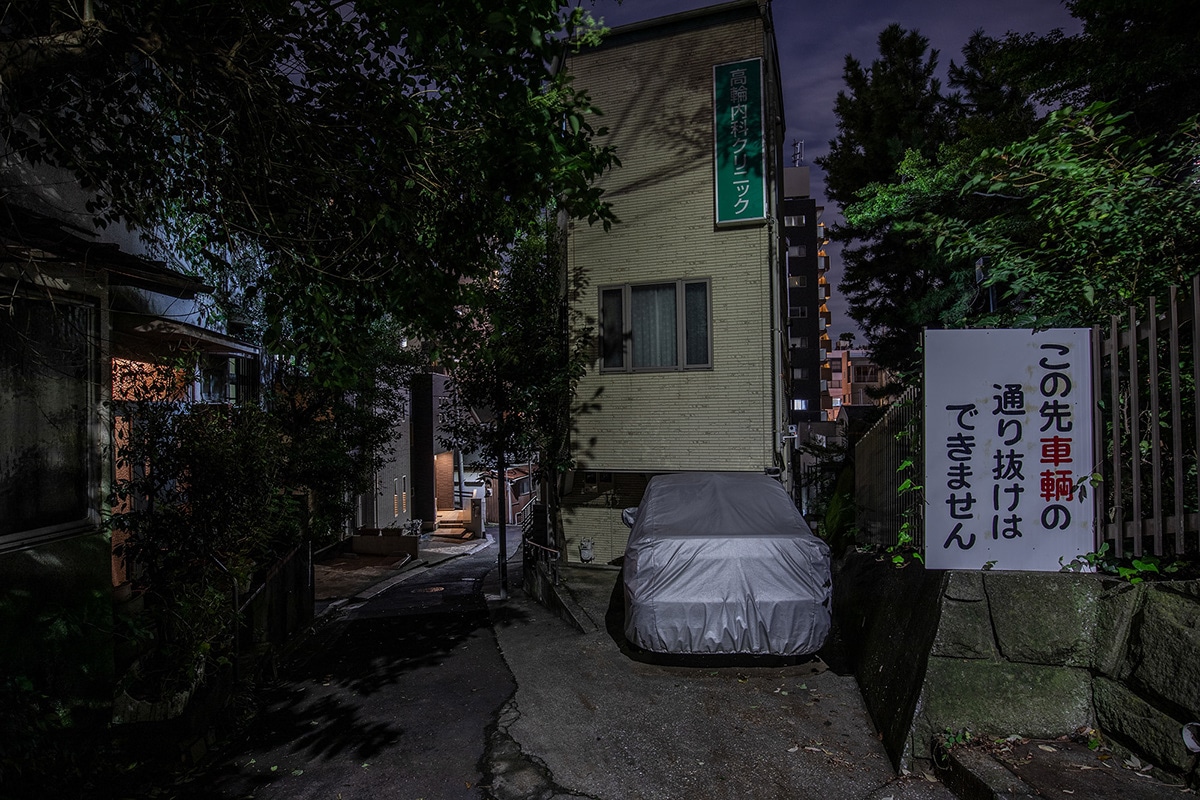
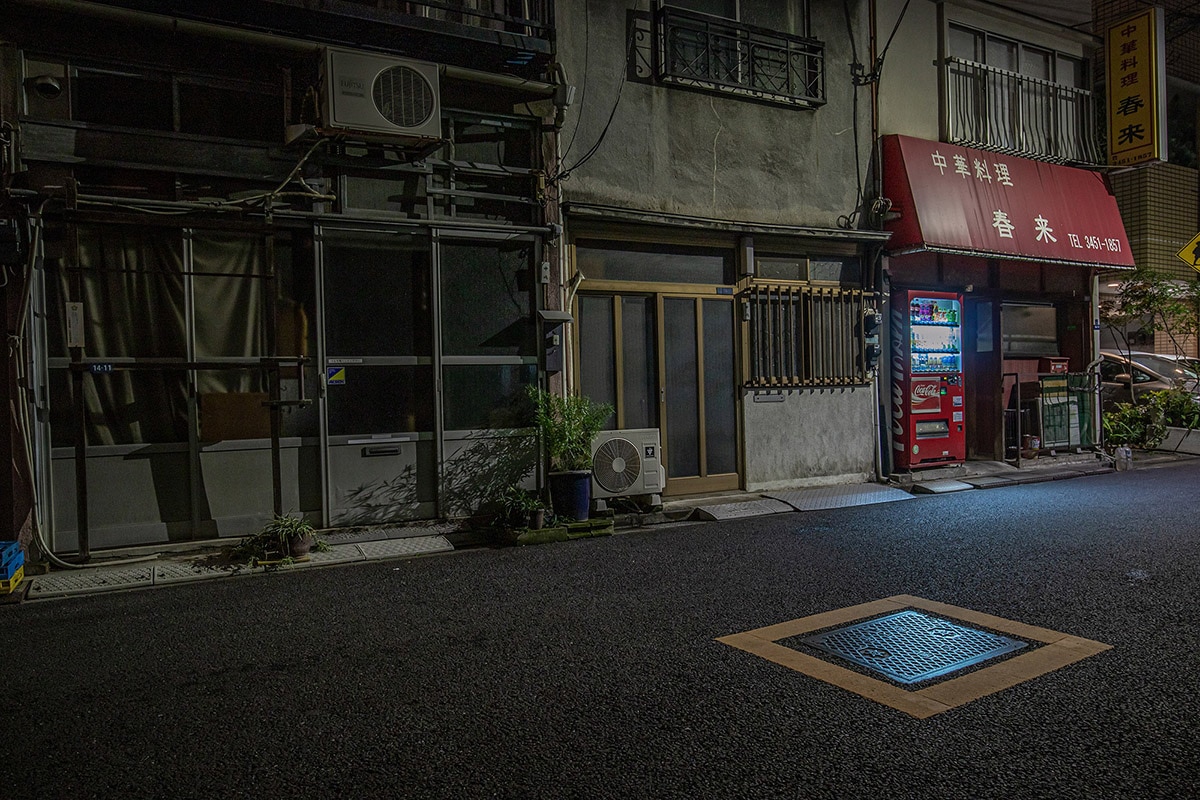
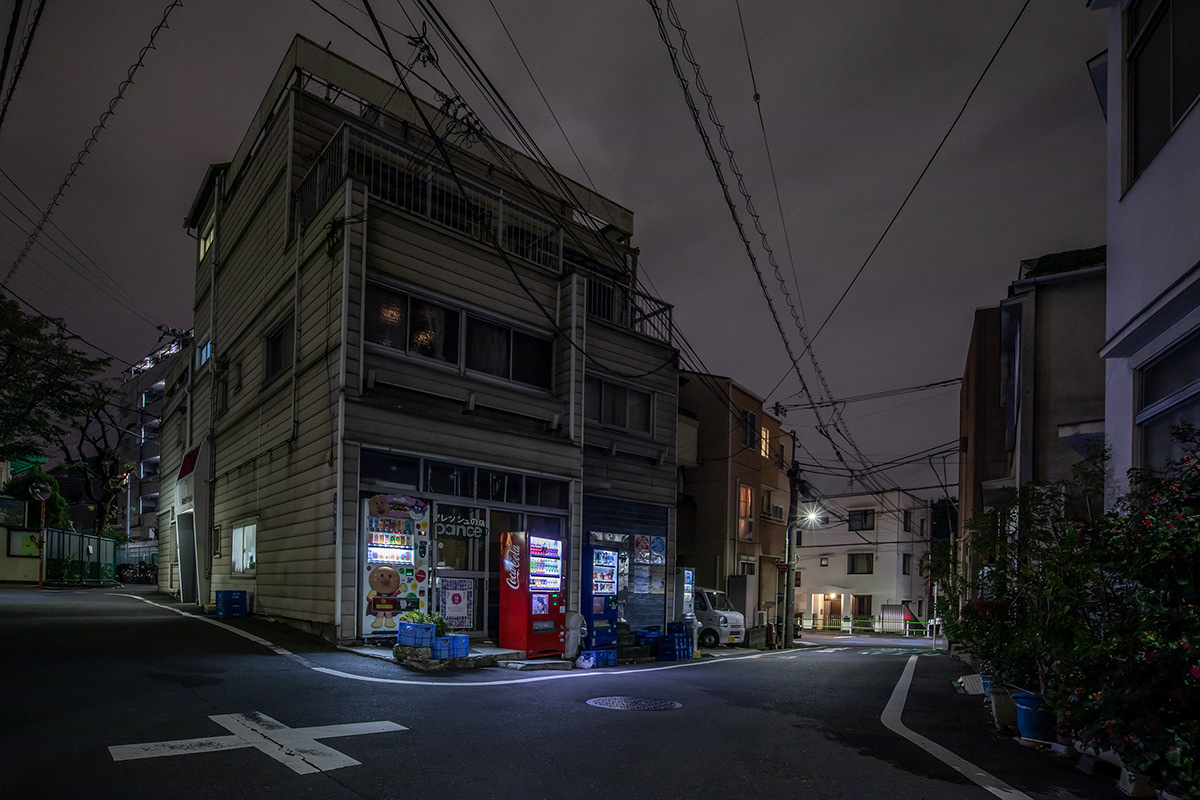


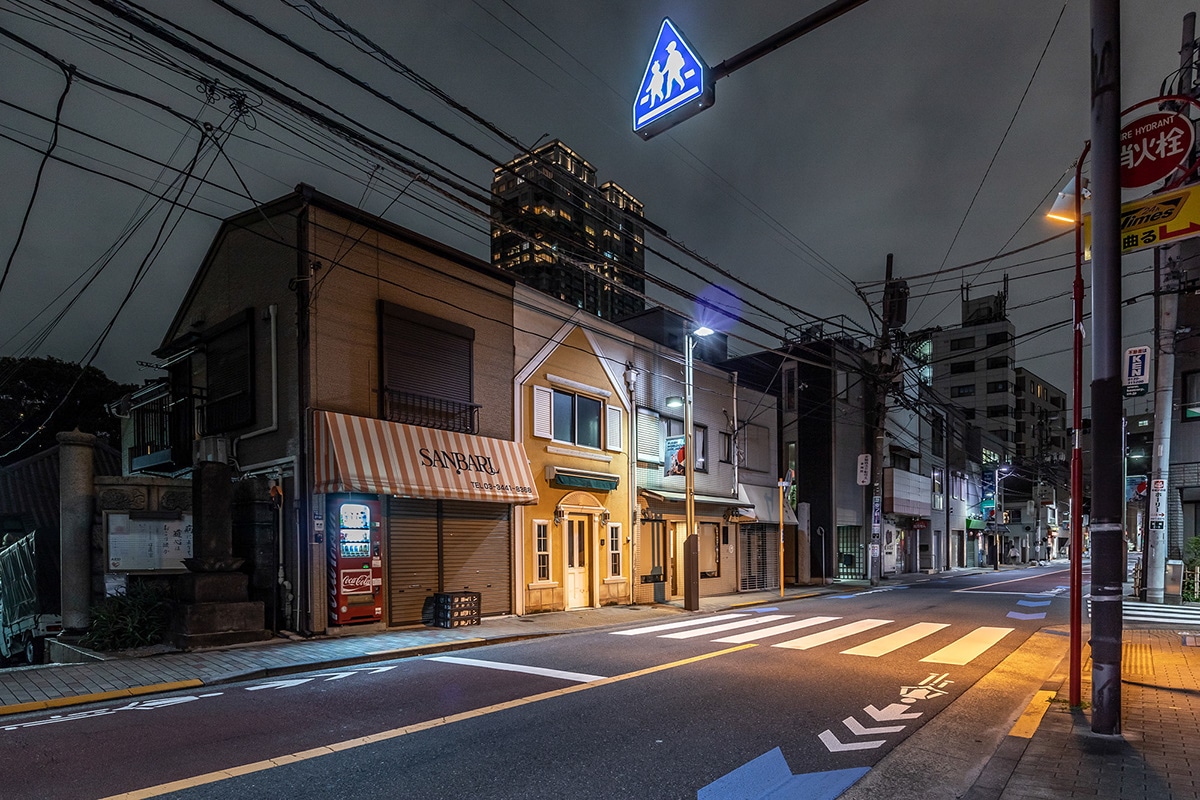
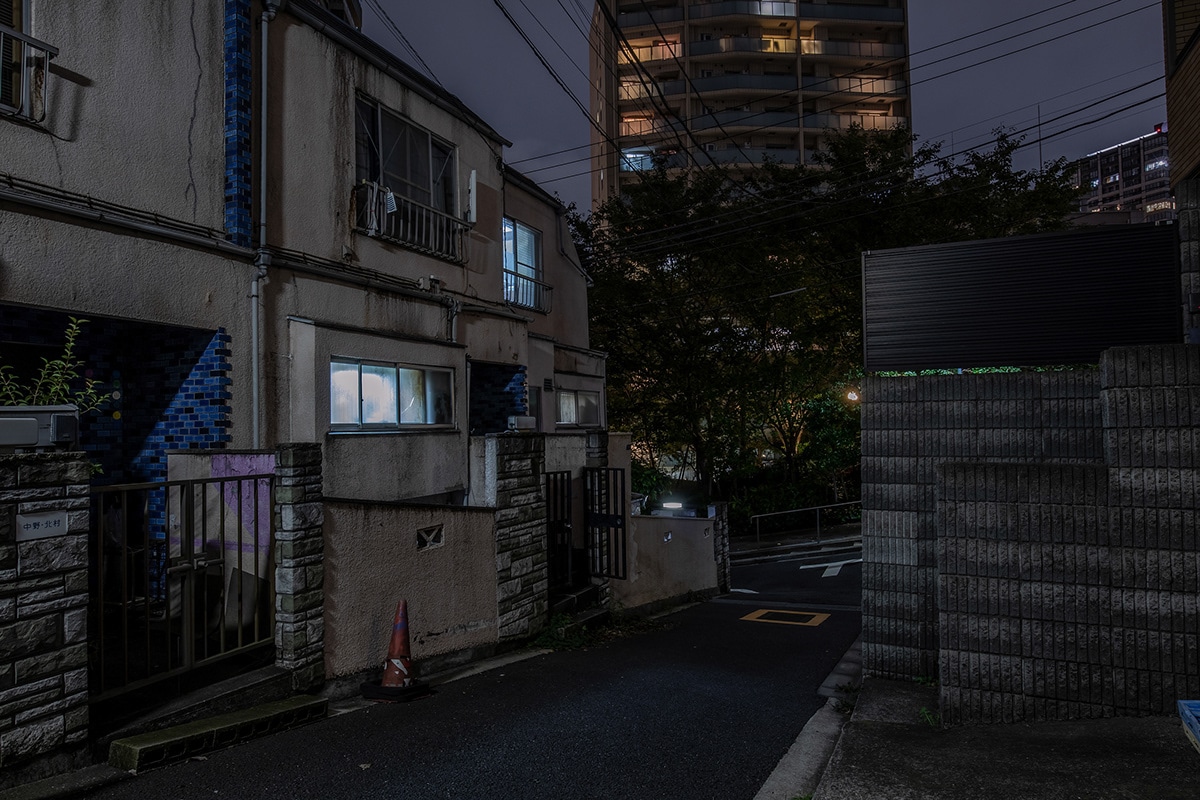
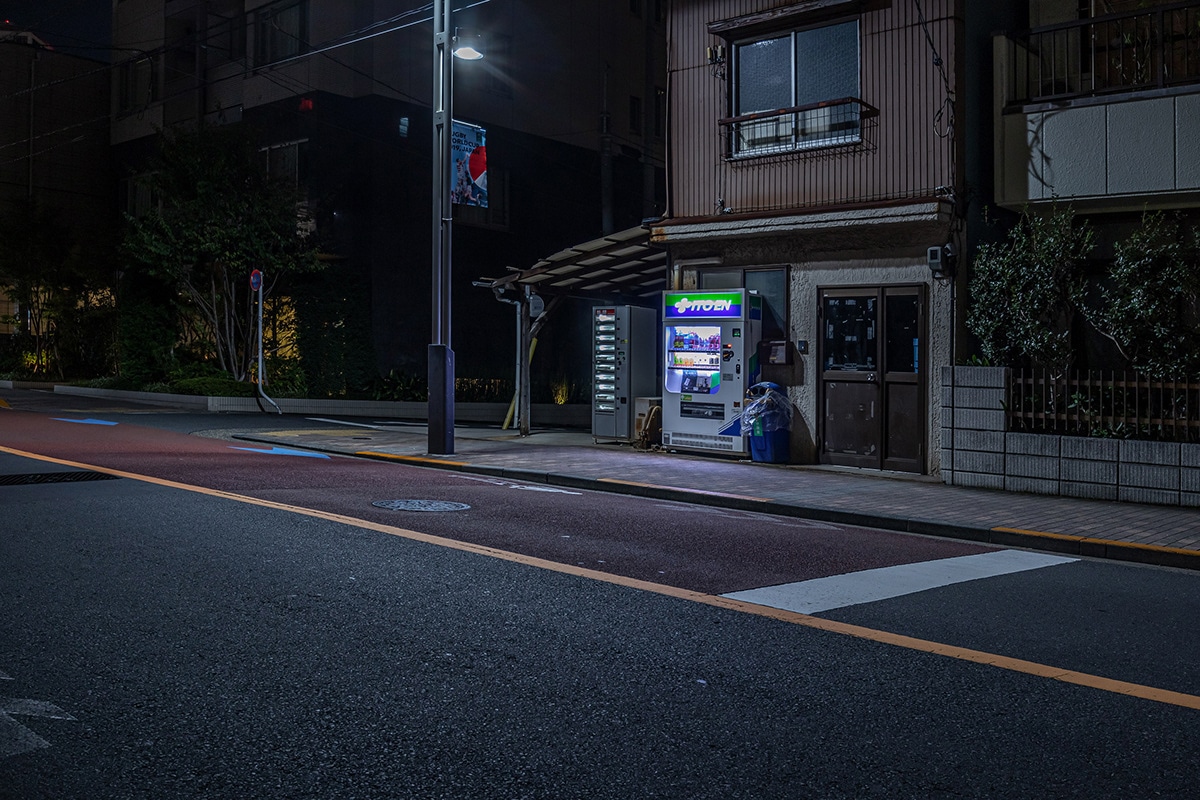
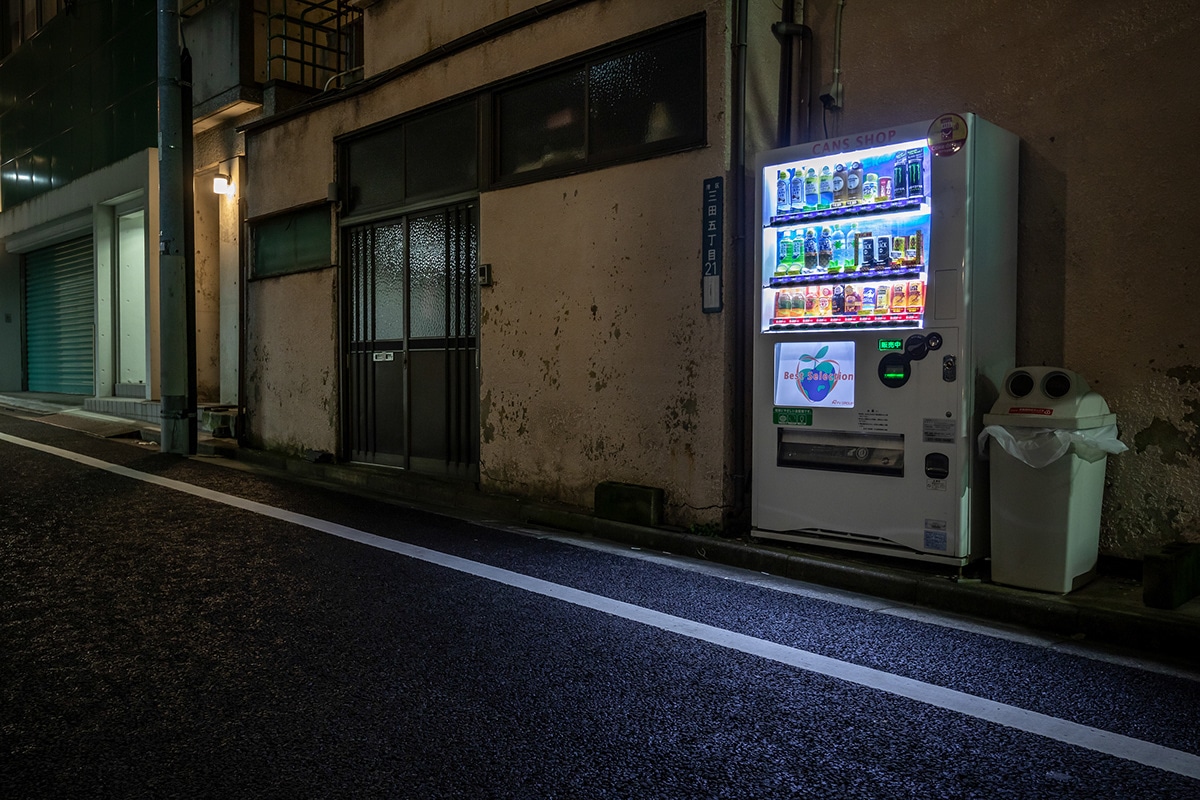
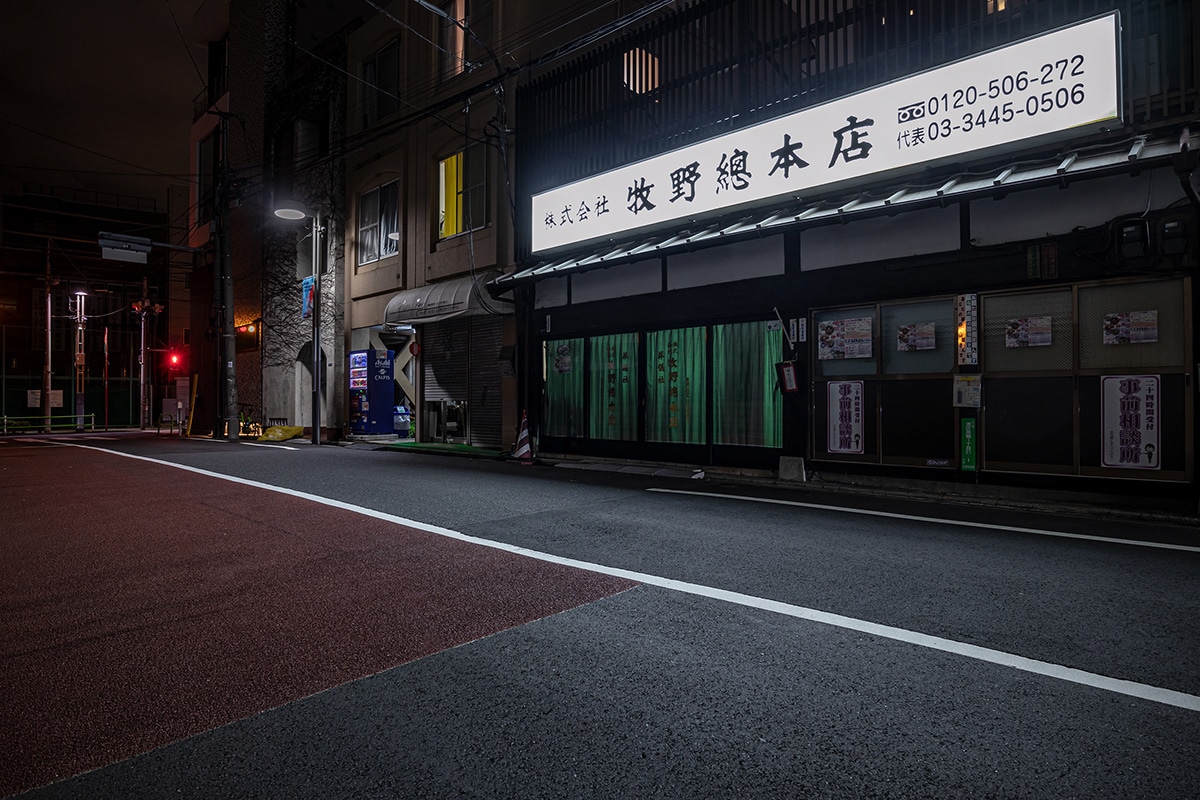

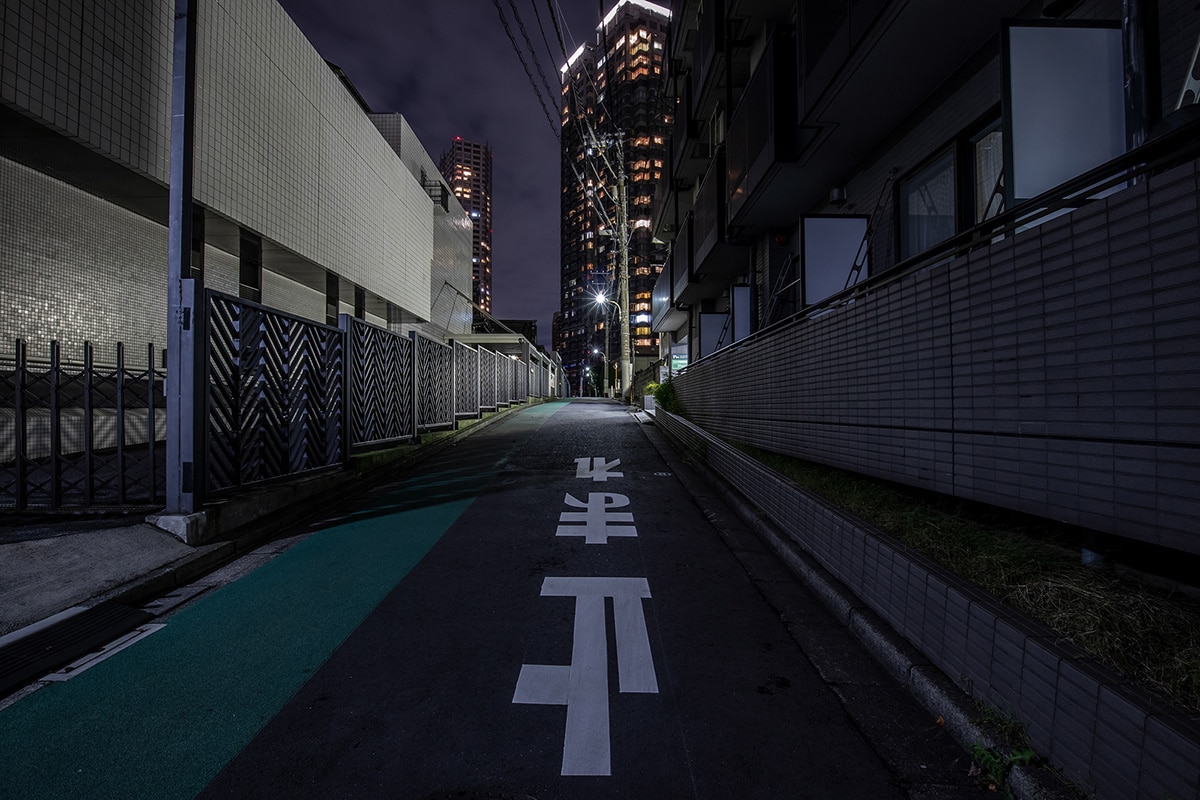

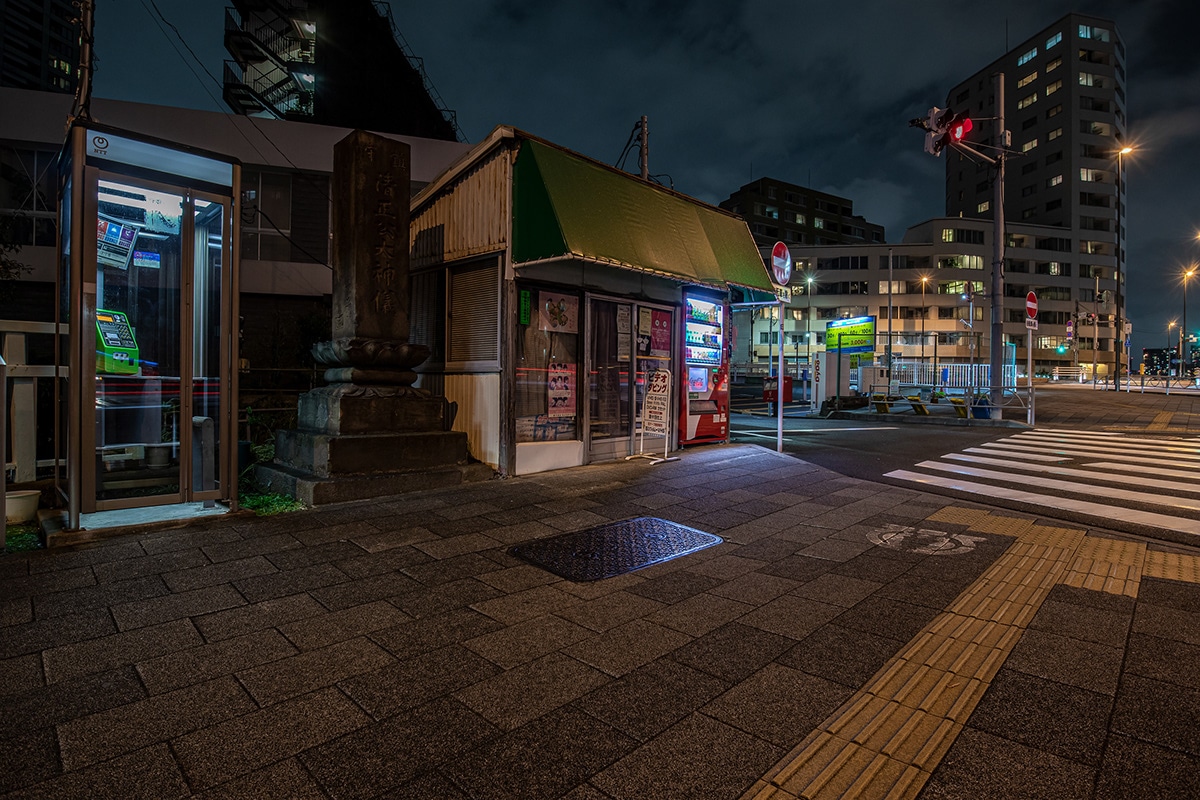

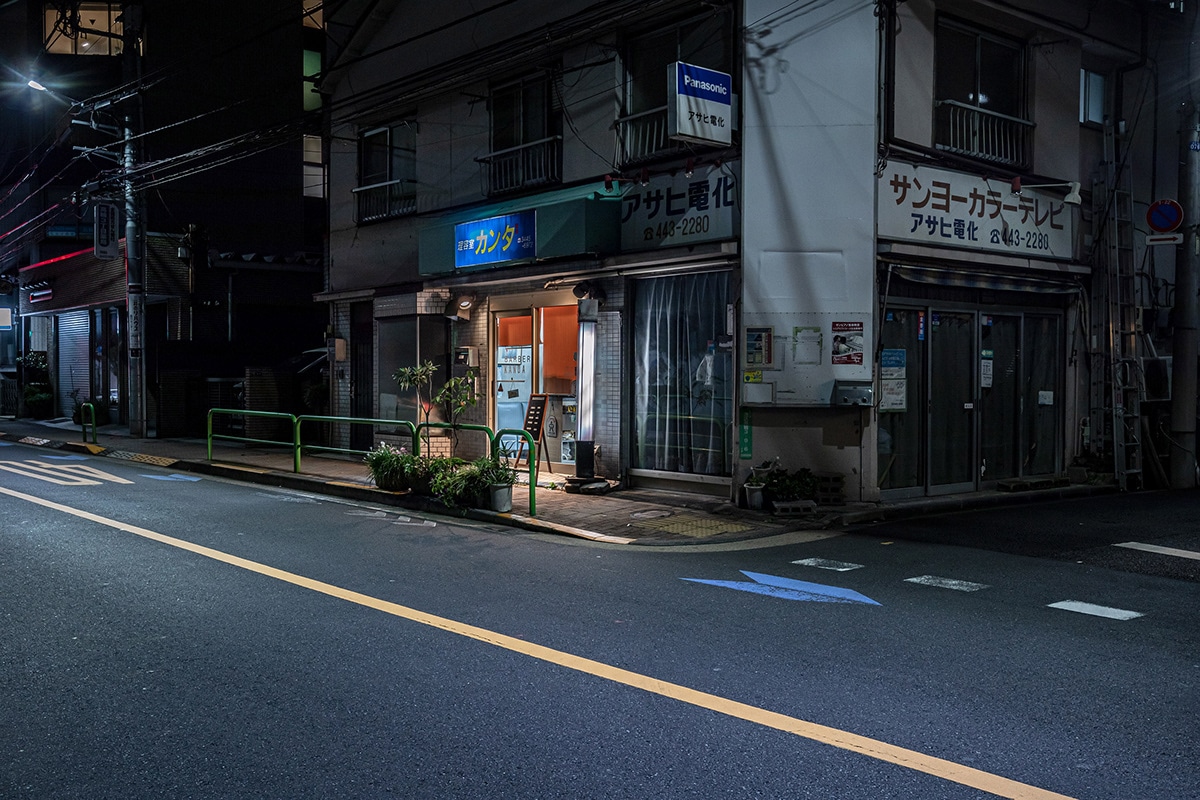
Robert Götzfried: Website | Facebook | Instagram | Behance
My Modern Met granted permission to feature images by Robert Götzfried.
The Top Reasons Why Employees Leave Their Jobs
People quit their jobs for a lot of reasons. They may do it because they are relocating to a new place or they simply want to change careers.
According to a Mercer study, a whopping one-third of all the new employees plan on just quitting their job in the next 12 months. This is a huge number and is astronomically way higher than our parents’ or grandparents’ time. The culture, work environment, relationship with co-workers all affect why you do not want to pursue that job anymore.
To sum it up, here are the top reasons why employees leave their jobs.
No Work-Life Balance
According to a Washington Post contributor, she knew she would quit the job and two months later, she left it.
But what drove people to resign from their positions?
It is because they have no work-life balance. When you have your family responsibilities and you want to keep doing the job, then you need to have some work-life balance. Without it, everything spirals and you have no option but to prioritize your responsibilities over your job.
Too Much Work Pressure Or No Work

A lot of employees keep quitting their jobs because there is so much pressure at work or there is no work at all. Thus, the level of capability and productivity can fluctuate. Before you know it, you’re already planning to quit.
It is just tougher to go forward when you hit a roadblock. You can’t do anything but experience burnout. Going through ultimate boredom or an extremely toxic environment can be enough to make you quit.
No Promotion for a Long Time
One of the main reasons why people quit is when they do not have any mobility upward.
When there are no opportunities for growth or advancement into higher-paying positions, some people do not find any point in staying and working for a company any longer.
Poor Management at Work
When you are working in a coveted project in a company, you need to have a great manager who is excellent in communications. Managers need to be an expert in communication and also interpersonal skills.
Unfortunately, there are still a lot of managers out there who aren’t trained enough to solve managerial level problems. No explicit communication and lots of expectations can leave both the employee and employer unhappy with how things shape up in the work environment.
Toxic Environment at Work
When you are looking at how not to lose good employees as an employer, maybe you need to check the kind of environment you are building up for the employees. The situation becomes too toxic when there are:
- Interpersonal conflicts
- Too much of office gossip
- No positive encouragement from the team leads
- Recognition-grabbing co-workers who haven’t put enough hard work
These things can make good employees stop caring. They leave to find a better place to grow and work. Hence, as an employer, try to make the environment much more positive and have a few flexible options without being too penalized.
Improper System of Rewards
If you have done the management program, you know that employees look for some motivation to work productively. This is why there should be paid holiday leaves, raises or bonuses.
When you notice that employees are leaving in waves, then check up on the reward system you have in place. Perhaps one of the main reasons why employees quit their job is because there isn’t enough motivation to make them work in a way that is effective and productive.
Benefits that Don’t Benefit!

If you are offering stingy benefits to bloat the package, then it won’t help. Employees know what they deserve, like the right health insurance, generous sick days, flexible hours of work, and maternity and paternity paid leave.
Change in Career Goals and Growth
One of the reasons why great employees quit is because they have to change their career goals. If they find that one career is not fulfilling, they will look for other opportunities.
There are different ways you can convince them to stay and that is to help them improve their skills. This works well in high-performing individuals.
Conclusion
These are the top reasons why employees leave their jobs. As the famous billionaire said, if you pay peanuts, you will get monkeys. As an employer, try and improve your relationship with your employees. Remember to support and respect their needs and work.
Reward and give recognition to the ones who perform well or take a day out with all of them to enjoy!
The Secret Feminist History of Shakespeare and Company
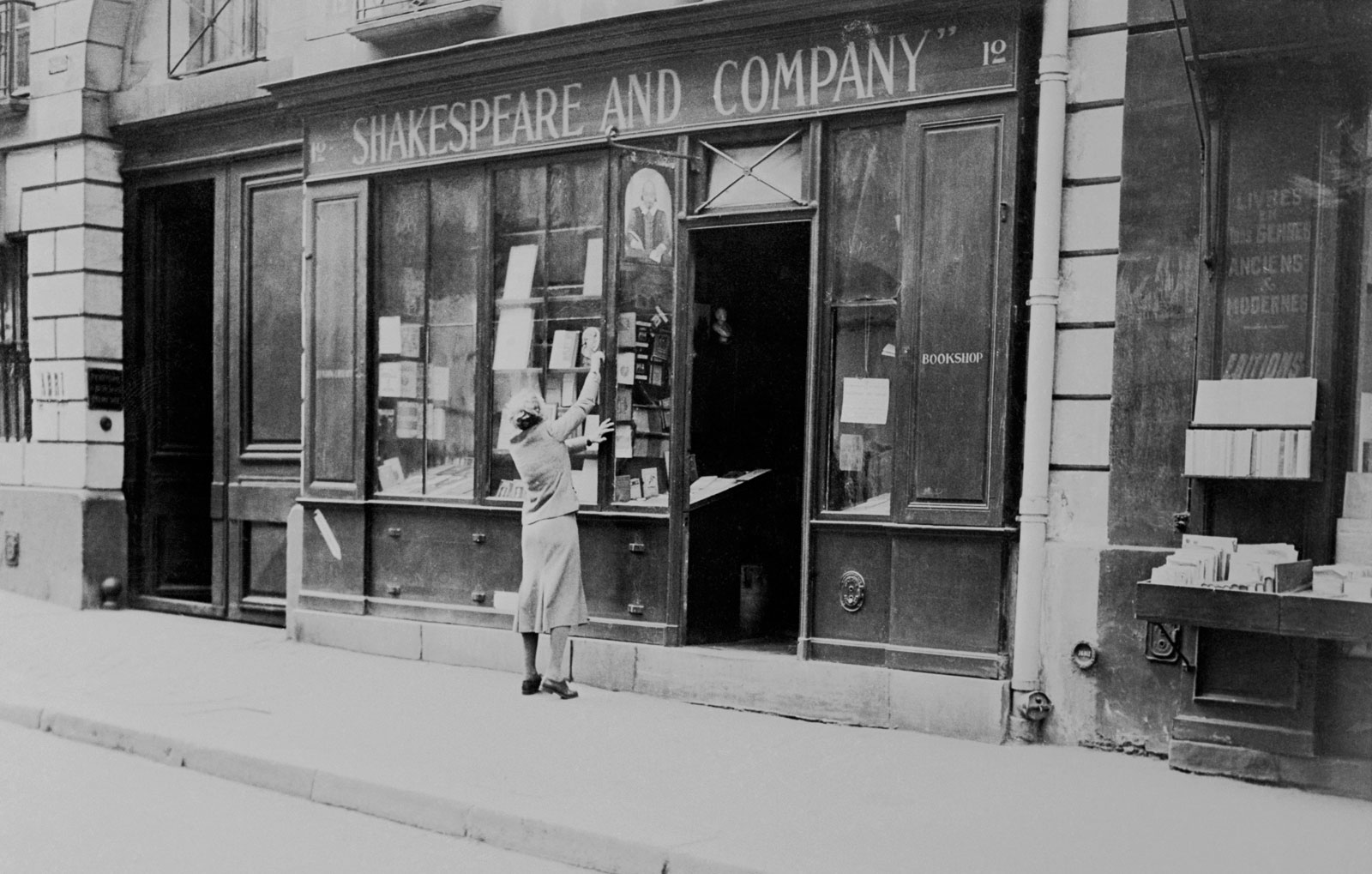 “Certain people are meant to be midwives—not mothers of invention. Sylvia was one,” wrote Noël Riley Fitch, author of Sylvia Beach and the Lost Generation (1983), in the most recent introduction to a collection of Beach’s letters. Yet to characterize Beach as merely a “midwife” and to remember her primarily for bringing into being the work of Great Men is to misrepresent her and the everyday work of her shop. Revisiting the story behind Shakespeare and Company’s creation reveals that its roots lie in early twentieth-century feminist activism and, in particular, Beach’s own deep-rooted conviction that women had a right to an intellectual life.
“Certain people are meant to be midwives—not mothers of invention. Sylvia was one,” wrote Noël Riley Fitch, author of Sylvia Beach and the Lost Generation (1983), in the most recent introduction to a collection of Beach’s letters. Yet to characterize Beach as merely a “midwife” and to remember her primarily for bringing into being the work of Great Men is to misrepresent her and the everyday work of her shop. Revisiting the story behind Shakespeare and Company’s creation reveals that its roots lie in early twentieth-century feminist activism and, in particular, Beach’s own deep-rooted conviction that women had a right to an intellectual life.